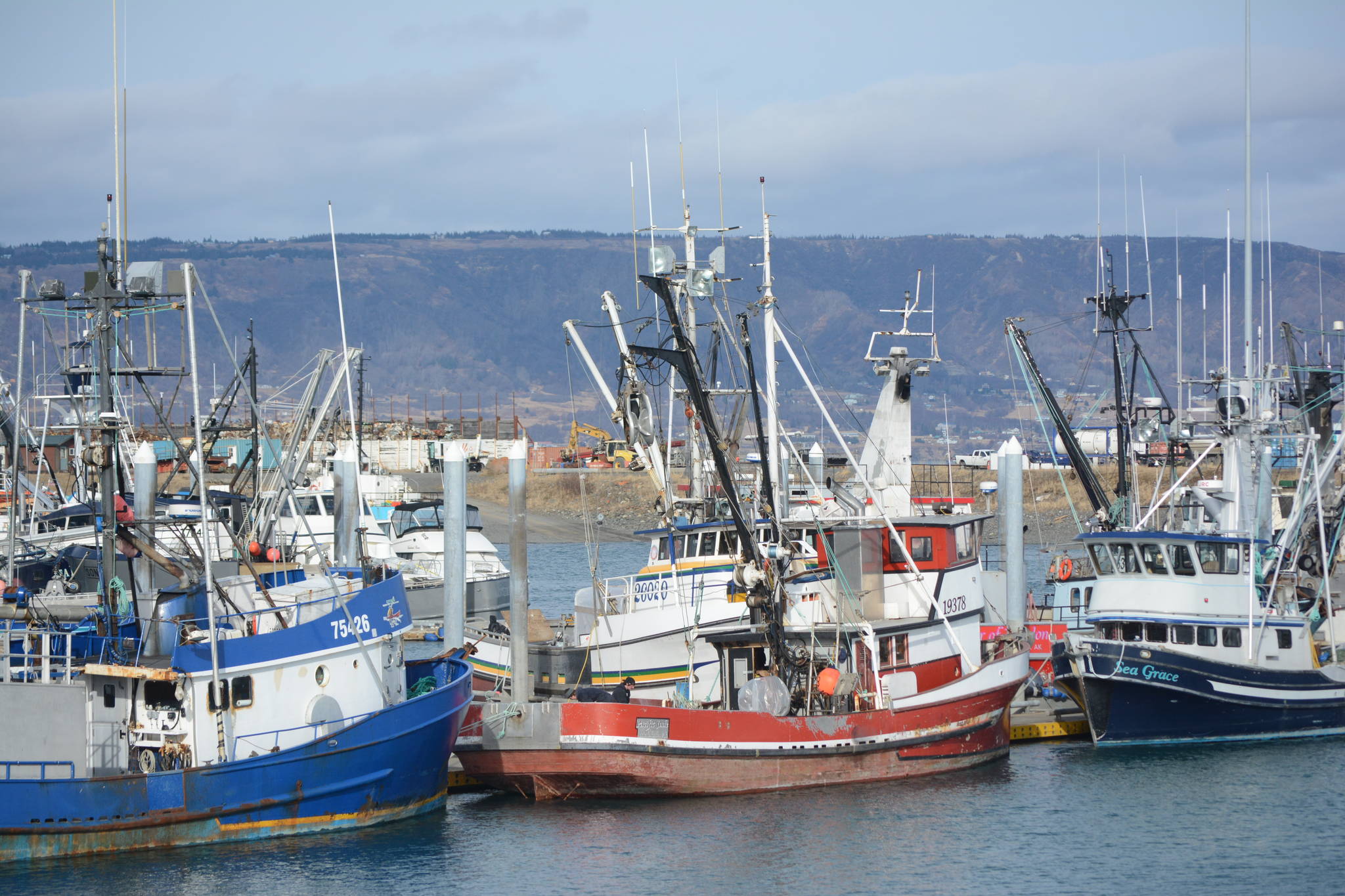The Alaska Board of Fisheries is kicking off its 2019-2020 meeting schedule with Lower Cook Inlet meetings taking place Dec. 13-20 in Seward, although pre-meeting work sessions are ongoing.
Proposals for the commercial fisheries include restrictions to hatchery production, limits to cost recovery fishing, closing some areas to seining to protect habitat, and defining and regulating kelp harvests, among others.
Hatcheries have been in the news of late as salmon returns seem to be getting harder to predict as oceans change, although hatcheries have been around a very long time.
According to the National Oceanic and Atmospheric Administration’s Alaska Fisheries Science center, in the late 1800s some of the Alaska cannerymen recognized the need to artificially repopulate the salmon runs that were being threatened by the many canneries in operation. In addition, the 1889 federal Fisheries Act (amended in 1900) “required each person, company or corporation to establish a fish hatchery near their fishing operation and to produce ‘four times’ the number of mature salmon taken during the fishing season.”
Since then, federal hatcheries have come and gone, but the State of Alaska began building modern hatcheries in the early 1970s.
In the mid-1970s, after a constitutional amendment that allowed limited entry into the salmon fisheris, lawmakers allowed private nonprofit (PNP) organizations to take over the hatcheries with state oversight.
Today there are 25 hatcheries that are operated by PNPs to supplement wild runs for commercial harvest, and the state has two sportfish hatcheries.
Hatchery critics maintain that the large volumes of fry released are competing with wild stocks for food in the ocean environment.
Hatchery proponents argue that the hatcheries augment wild runs and provide for a more stable commercial harvest.
In order to fund their operations, PNPs contract with fishermen to harvest salmon returning to the hatcheries for cost recovery. These harvests take place directly in front of the hatchery where the fry were released.
Commercial fishermen also pay a tax on their deliveries to fund the hatcheries.
The proposals for this BOF cycle are mostly aimed at the Tutka Bay hatchery, and all essentially maintain that the hatcheries are producing more fish than the oceans’ carrying capacity in order to fund operations.
They also argue that the needs of cost recovery leave few fish available for common property harvests.
Other proposals are geared toward protecting the habitat in front of the Tutka Bay hatchery where the cost recovery fishery takes place.
One proposal, submitted by Nancy Hillstrand, asks to close the shallow waters of the Special Harvest Area in front of the hatchery, as with the shallow waters at the head of other bays open to commercial fishing.
“The Head of Tutka Bay is a very productive shallow rare vegetated salt marsh delta and rearing grounds for many crustaceans and larval fishes,” she states. “Lead lines from seine nets up in these shallow headwaters, as well as along the coastlines, scrape the bottom of the essential habitat where species of rearing young and aquatic vegetation used as predator avoidance get damaged.”
A proposal from Al Poindexter seeks to have the BOF better define what is considered “commercial harvest” of kelp.
In his proposal, Poindexter notes that the issue is multifaceted.
“First, Fish and Game does not know production rates of seaweed and what keeps it sustainable. They do not know what role dead washed up seaweed plays in that sustainability.”
He is also asking for clearer rules on how much kelp constitutes commercial use, and also which uses are considered commercial.
Kelp harvesting may be getting much more interest, as a recently released study found that feeding cattle a small amount of seaweed, as little as 0.5 percent of their diet, can reduce belching methane emissions by as much as 80 percent.
Cattle belches make up 42 percent of overall agricultural methane emissions — a greenhouse gas — in the US.
All LCI BOF proposals can be found at https://www.adfg.alaska.gov/index.cfm?adfg=fisheriesboard.main. Public comments can be submitted until Nov. 25.
Cristy Fry can be reached at realist468@gmail.com



